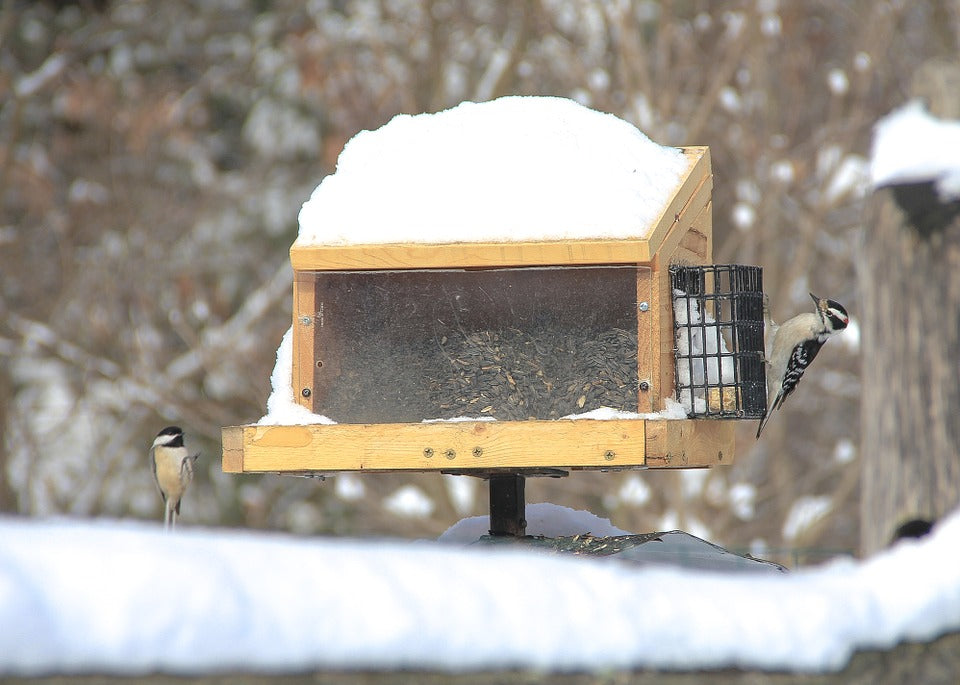Offer
Provide additional details about the offer you're running.
Provide additional details about the offer you're running.
Provide additional details about the offer you're running.

Whether or not we want to admit it, we are on the cusp of winter here in eastern Ontario. While we are in no rush to wish away this lovely fall we have been having, as birders, we must face the music and ensure our backyards are well prepared for the coming cold.
Our birds’ needs are not necessarily complex and can be often broken down into four essential needs: food, water, cover, and nesting sites. As any avid birder will tell you, having these four factors taken care of typically brings a large variety of birds to your backyard, with the exception of nesting sites during the winter months.
In addition to providing high-grade seed, some nearby cover and a reliable water source, those that have spent the time over the course of the year cultivating natural habitats in and around their yards are likely to experience even more success. The knowledge of what kind of plants and natural cover are needed throughout different times of the year not only brings more birds to your yard but also goes a long way in ensuring your birds have a safe and happy season.
With that in mind, here are a few native plants and trees that we recommend including or cultivating in your area to give birds a helping hand as they brave the frigid temperatures this winter.
Eastern Red Cedar
A very common tree in our area and one that is quite versatile in its use. Birds will utilize these trees for reliable cover and shelter during the winter months and can provide excellent food by ways of the cones the female of the species produce.
Chokeberries
Often mistakenly referred to has chokecherries (which is another species altogether), these deciduous shrubs are typically found in damp forested areas and swamps. Thrashers and cedar waxwings can often be found gorging themselves on these berries well into the winter months, where available.
Bunchberry
These sub shrubs grow low to the ground and are a member of the dogwood family. Their ground-covering stature provides excellent cover for ground-feeding birds and they regularly produce white flowers during the spring and summer months and bright red fruit during the late fall season.
High Quality Blend